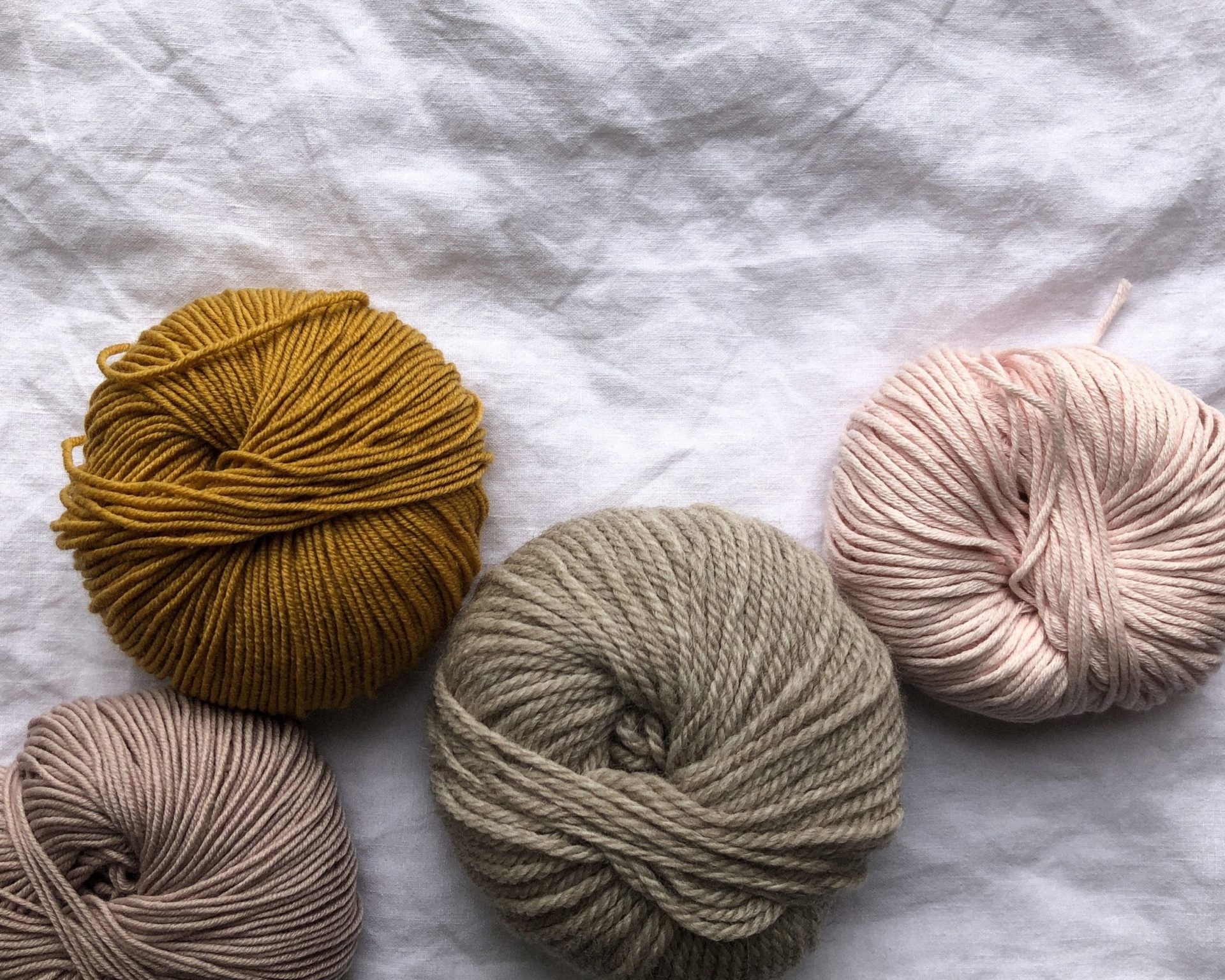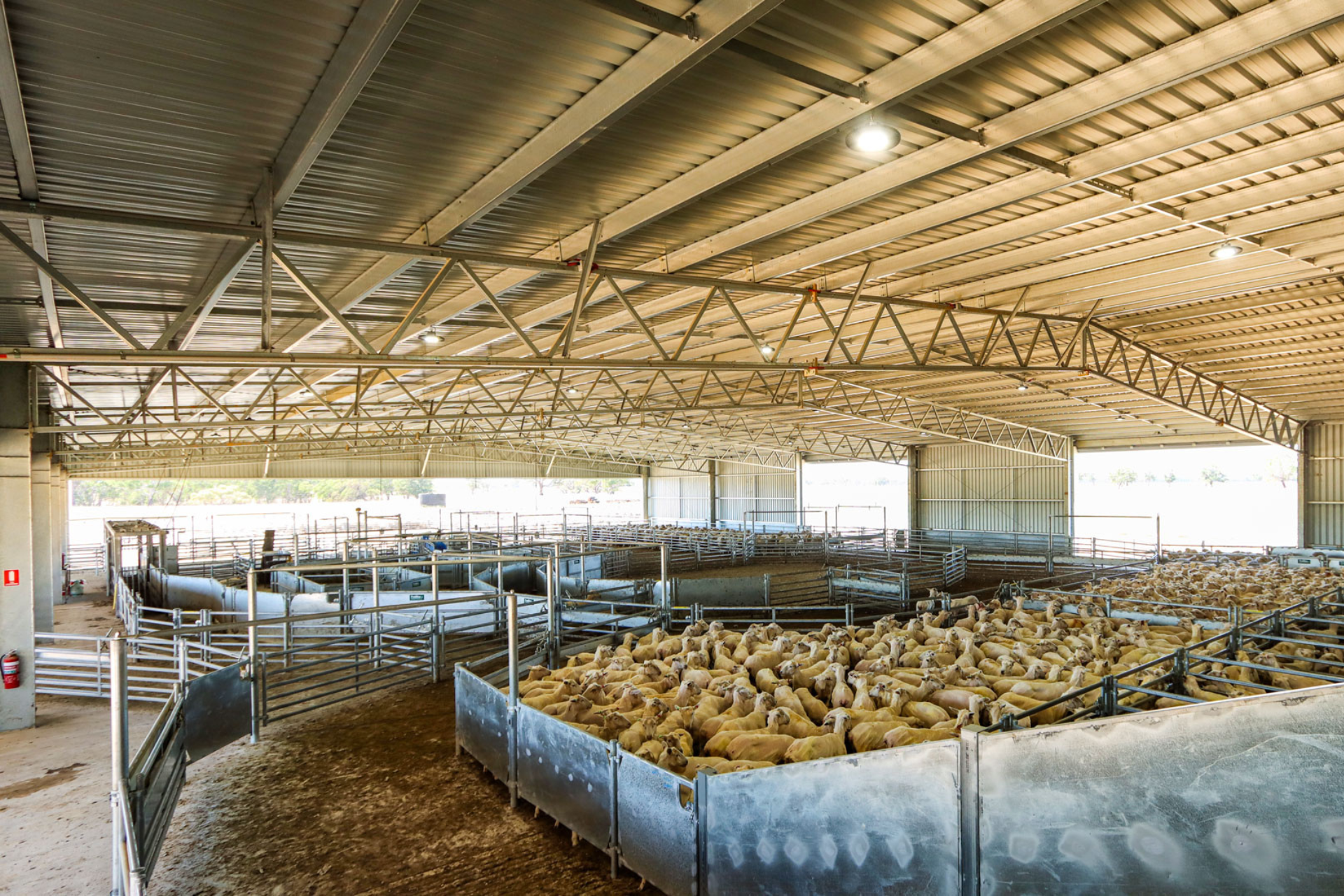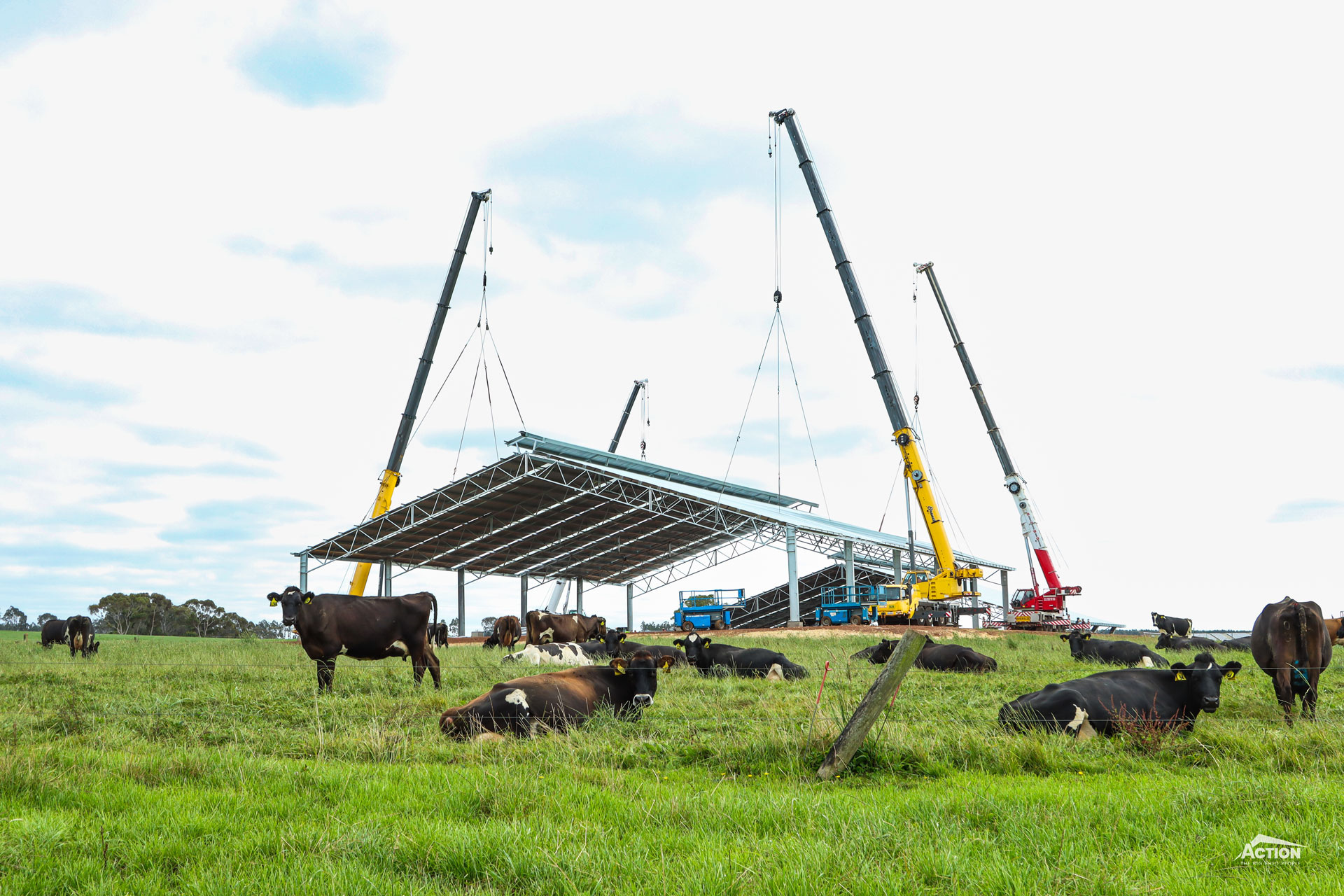Wool is grown year-round by Australia’s 67-something million sheep from a combination of water, air, sunshine, grass and the know-how of our farmers. So, here are three (of many) reasons we love wool!
1. History of Wool
The first sheep in Australia, like the first cattle, came with the First Fleet in 1788. However, most didn’t even last until the end of the year. Not quite 10 years later, in 1797, Spanish Merinos were introduced to Australia to be skilfully bred resulting in the Australian Merinos of today. The distinct strains that evolved played an important role in both the country’s culture and its economy.
By 1840 Australia was producing over two million kilograms of wool in a year and the industry was booming by the 1880s.
In 1964, the Woolmark symbol, the brainchild of IWS Australian General Manager, William Vines, came to life. Intended to be “an independent quality assurance” of products in the wake of emerging synthetics, the Woolmark symbol today has become an instantly recognisable mark of quality.
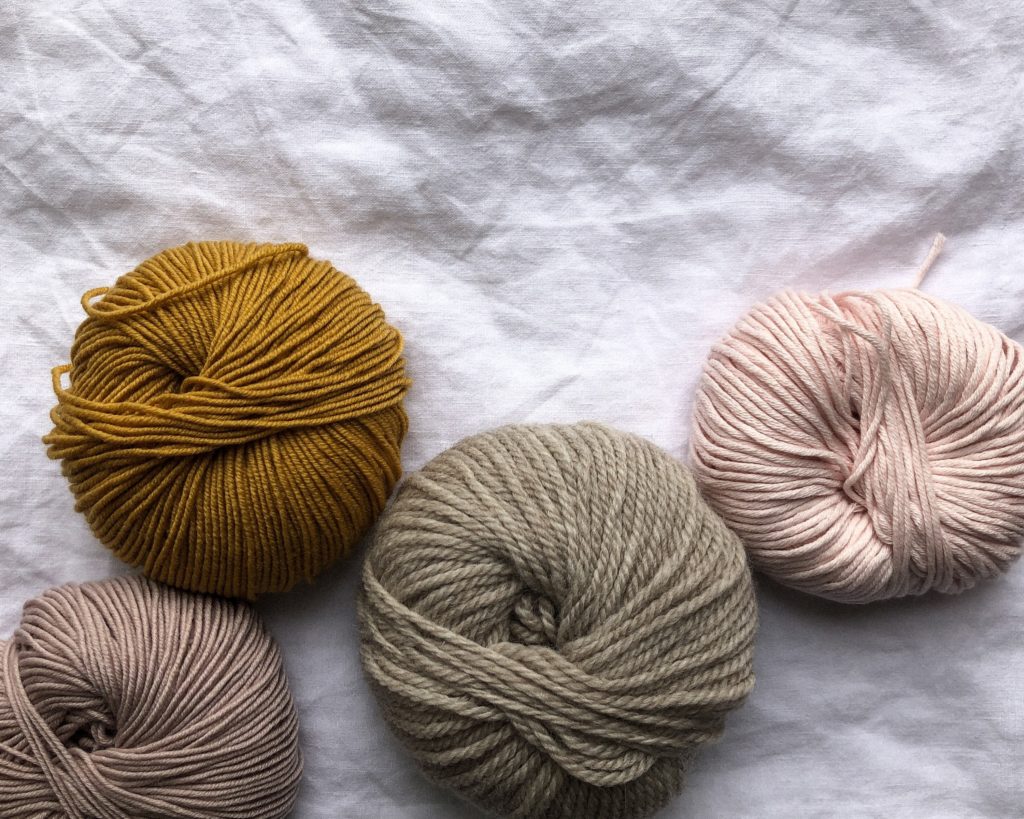
2. Multiple Benefits
Perhaps the most amazing thing about wool is that there are just so many ways we can benefit from it.
- For starters, sheep are kept dry by their wool wax which can be collected from the fleece and processed and packaged to be sold as the moisturising cream, lanolin.
Wool’s lanolin content also means that it’s naturally antibacterial. When it gets moist the lanolin converts to a soap helping to keep it clean. As well as this, the second layer has self-cleaning properties (overlapping scales that rub against each other, removing dirt and build-up).
- Along with being 100% renewable, it’s also a biodegradable resource which fertilises the soil and plant as it breaks down by releasing nitrogen and amino acids. Not only that, it has a higher nitrogen count than some commercial products!
- With an ignition point of 570-600°C wool is naturally fire resistant and even when it does catch fire, it doesn’t drip or melt. According to Woolmark, this is due to it’s “inherent chemical structure.”
- Wool fibres are very durable and flexible, being able to be bent 20,000 times without breaking. Not baa-d! It’s certainly a stark contrast to cotton which breaks after 3,000 bends and silk, after 2000 bends. For this reason, wound inside most baseballs is 370 yards (338 metres) of wool which means the ball can stand the impact of a hit off a hard, fast pitch.
- Wool can regulate body temperature because of its ability to absorb and release moisture. How? Every fibre is covered with little cuticles or cells which open and close according to humidity and temperature, responding as soon as a body comes into contact. (This may be one of the reasons that it was the choice of fabric for Roman togas.)
- The “itch” myth of wool is debunked in this article after a study found that wearing woolen clothing lowered the “severity” of eczema.
DID YOU KNOW
Sheep didn’t always have wool or certainly not the wool that we are used to today? Instead, their ‘fleece’ was more like the coat on deer and they were hunted mainly for their meat. It wasn’t until about 6000 BC that sheep began to be selectively bred to produce better quality wool.
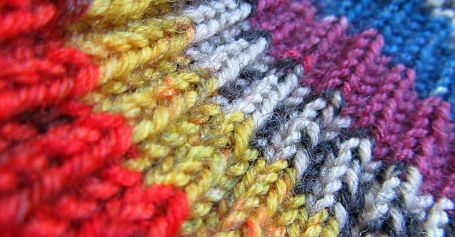
3. Role in Our Economy
Wool has been a highly valued commodity for many centuries. Back in 1192 when Richard I “the Lionhearted” was captured, Cistercian monks paid their part of the ransom with 50,000 sacks of wool and later, during the 15th century, the Spanish Crown financed the explorations of Christopher Columbus with its wool trade.
Pushing through world wars and overcoming the crisis of the 1990’s our wool industry continues to have a vital part in our economy with production being one of Australia’s largest and most important forms of land use.
Take a look at this statistic from the 2015-16 Census; in the year ending the 30th June 2016, Australia had produced wool with a total value of $2964.9 million (a 10.8% increase from the 2014-15 year)! And, according to this source, of the $2964.9 million worth of wool produced, Australia exported 417 kilotonnes!
So, while we are celebrating wool, let’s celebrate our farmers, shearers and all those who make it happen!

